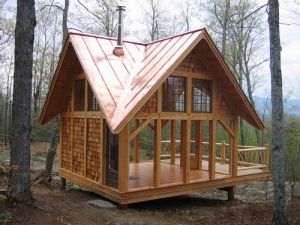Tiny homes have become one of the quickest growing custom-builds in the last few years. Structural integrity is a very important component to the longevity of these living spaces, and timber framing offers just that. No matter how you’re planning to use your tiny build, timber framing in a solid foundation.
Timber framing is unique in the fact if does
not require support from the walls, meaning it takes quite the stress off the
structure. Braces and detailed joints are combined with the large timbers to offer
a type of lateral support. The technique has been dated back to the early
settlers in the early 1600’s in the US, but even further to the medieval times
in Europe.
From simple living, life on the road, or even
she-sheds and man caves, there’s a style of timber framing that fits your
style. Here are Hickory Circle Timber Framing Construction we work primarily with Oak,
Douglas Fir, Hickory, and Pine woods. Additionally, you can choose from a
rough, rustic finish or a planed, sleeker finish. The beautiful, handcraftedtimber leaves you with the option of exposed wood in your new living space, or
a versatile group of options for covering it. Additional log covering, siding,
and even stone are seen completing the timber home.
Whether your planting down, or on the move,
using timber framing gives you peace of mind that your home will stand strong
for many years. Hickory Circle Construction can help you build a plan for your
custom build.

Comments
Post a Comment